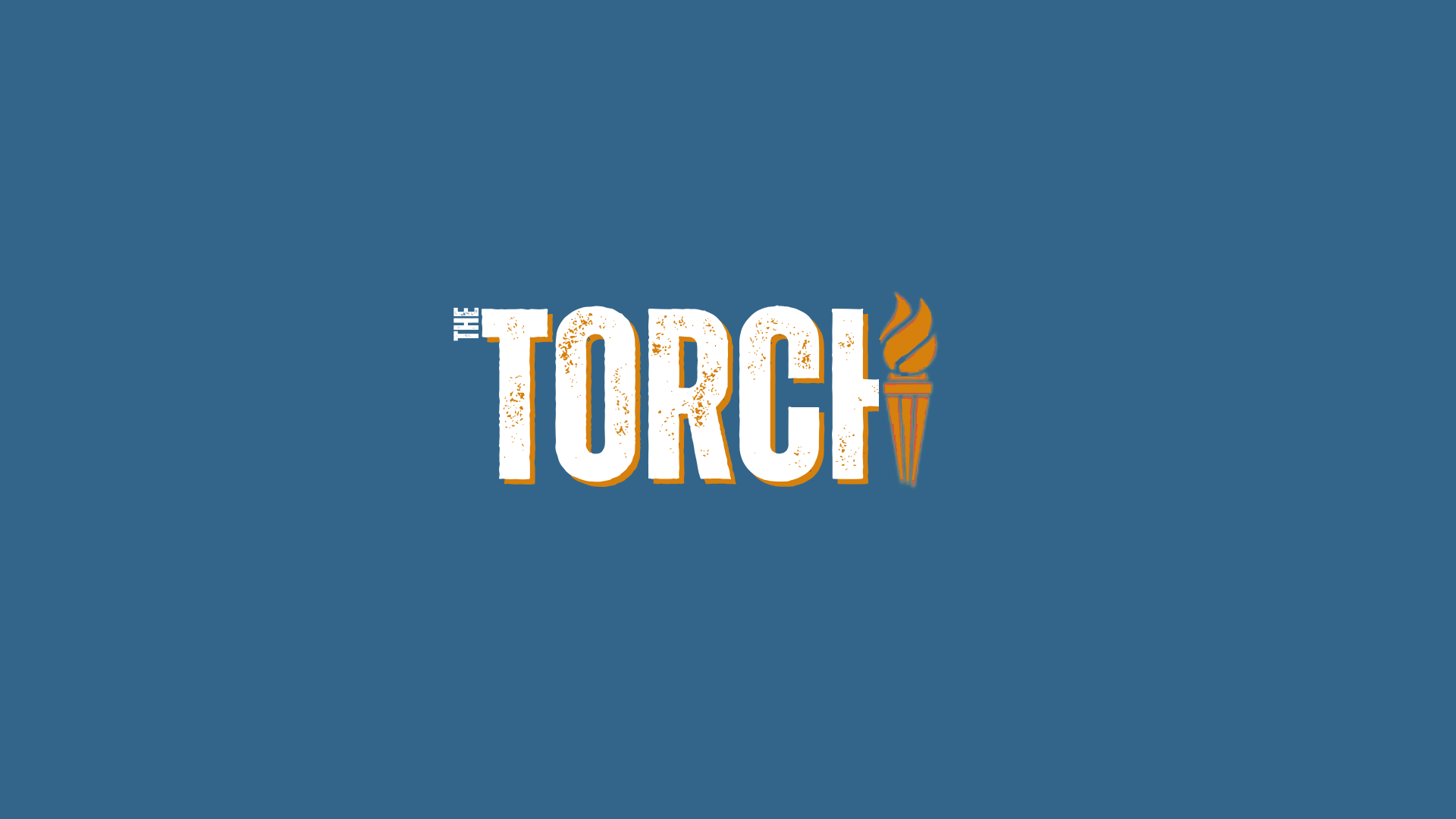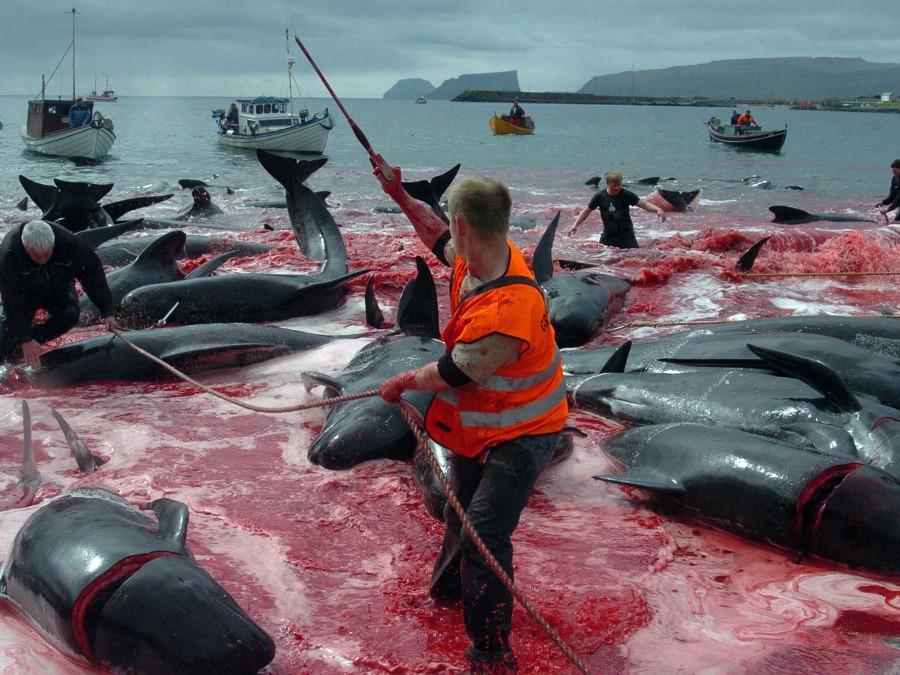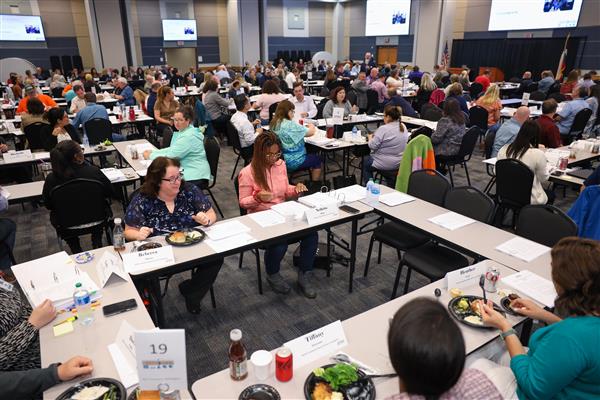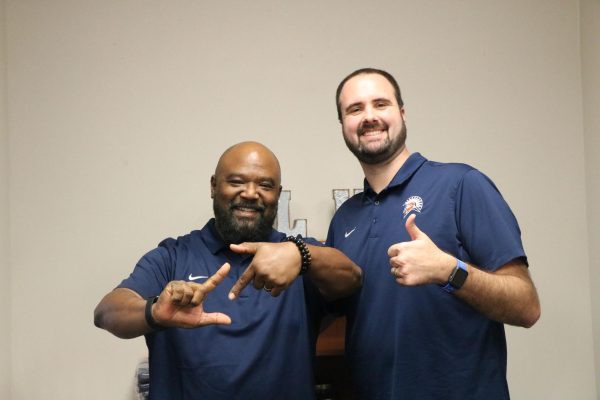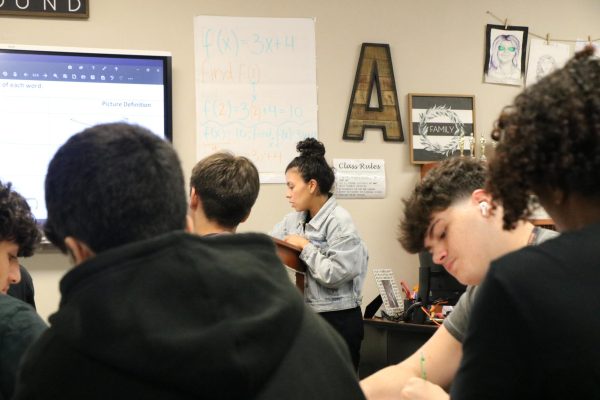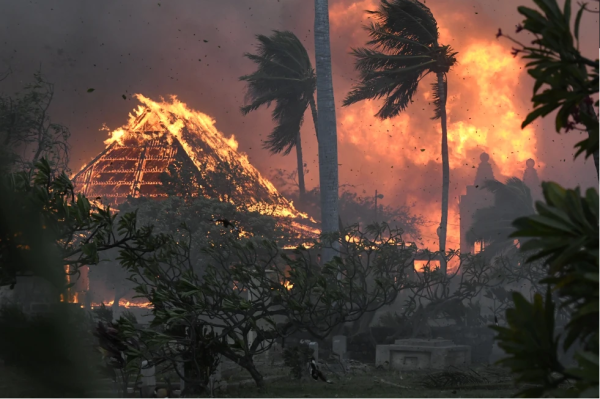Faroe Island Whale Massacre
November 2, 2015
Recently on July 24, 2015, over 250 Pilot Whales were massacred in Faroe Islands shore. This annual event is not new, has been around for over 1200 years, and is known as ‘the Grindadráp’. When hunting the whales the Faroe Islanders will have them lured into a cove and start attacking them with lances, knives and spears. Despite this tradition seeming brutal and unnecessary, no part of the whales go to waste; the meat is gathered up and sold at the islands markets and the blubber is used to produce oil which in return is a huge source of income for the islands.
Since the beginning of the hunts, it has had various effects on the people such as dangerous levels of mercury pollution. A study in 1986-1987 shows that mothers with unborn children have prenatal exposure to mercury. The study continued showing that the mercury found in the Faroese women come from consumption of the Pilot Whale. The polluted water also has an effect on the other various marine species and birds that reside in the Arctic Sea region. The Arctic Monitoring and Assessment Programme (AMAP) have found high concentrations of the organic compound known as DEHP, which in high doses can disrupt an animal’s endocrine system and eventually kill them.
The Faroe Islands are located halfway between Norway and Iceland, which is an area heavily populated in whales, dolphins, and other sorts of sea mammals. The locals who have lived around these countries and islands have been whalers and fisherman for generations. Their fisheries and whaling are regulated by the Faroe Island authorities to reassure the control of the hunting. Regulation of the whale hunts began on 1932 where the Danish governor passed a draft where it carefully details the customs and rules for each hunt. The Grindadráp tradition is only a fraction of the entire kill count for the year; on average about 800 pilots whales are killed in that region every year. Whether the tradition comes to a halt or not it is left to the future generation to decide.
